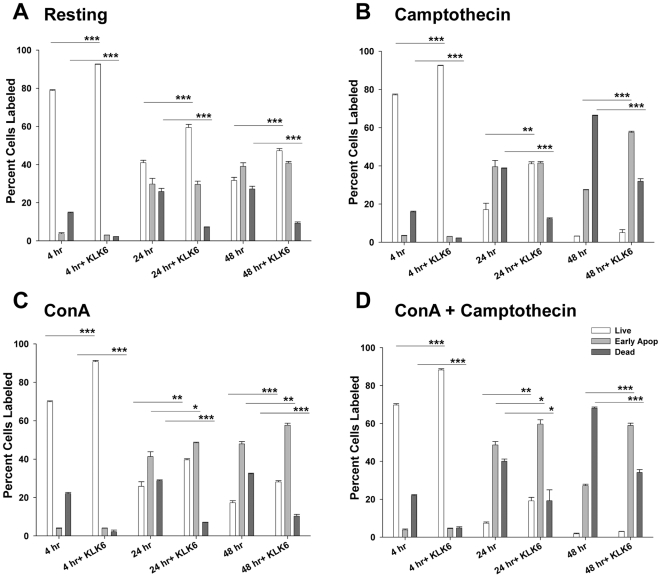Figure 4. KLK6 promotes survival of Jurkat T cells in part by slowing the apoptotic cascade.
To address the effect of KLK6 on apoptosis, Jurkat T cells were grown under resting conditions (A), or in the presence of apoptosis inducing agents (B to D), then labeled with Annexin V-PE and 7AAD prior to flow cytometry. Under resting conditions (A), and in the presence of camptothecin (B, 1.0 µM), ConA (C, 5 µg/ml), or ConA plus camptothecin (D), KLK6 (10 µg/ml) promoted an increase in the percentage of live cells (unlabeled) and a decrease in the percentage of dead cells (Annexin V+ and 7AAD+) at both acute (4 hr), subacute (24 hr), and in some cases the more chronic time point examined (48 hr). Interestingly, in the presence of apoptosis inducing agents (B to D), KLK6 also promoted a corresponding increase in the percentage of Jurkat T cells positive for Annexin V, but negative for 7AAD, and therefore classified as in the early stages of apoptosis. These results suggest KLK6 may delay but not block the apoptotic cascade. Data shown are for triplicate cultures examined in parallel and are expressed as mean ± SEM, One Way ANOVA with SNK post hoc test for multiple comparisons; P<0.001***, P≤0.005**, P≤0.02*. All results shown are representative of those seen across at least three experiments using independent cell culture preparations.

